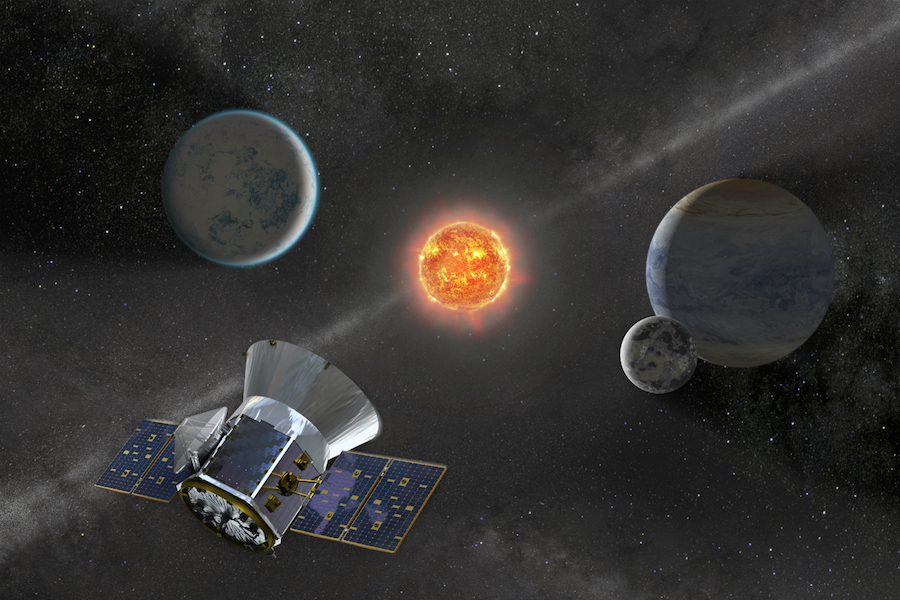
This year, space fans will be treated to two lunar mission, the Apollo 11 anniversary, some lunar and solar eclipses, and brand-new spacecrafts heading for the ISS.

A duo of astronomers has spotted three new globular clusters in the Milky Way’s bulge, a 10,000-light-year-wide central structure made primarily of old stars, gas and dust.

Overall, astronauts remain in excellent mental and physical health relative even after their return from long-term missions. And yet some develop cardiovascular deconditioning, vision problems and ovary problems (women).

Astronomers using the NASA/ESA Hubble Space Telescope have made an unexpected finding. They discovered a dwarf galaxy in our cosmic backyard, only 30 million light-years away.

It has taken researchers almost three years to produce this deepest image of the Universe ever taken from space, by recovering a large quantity of ‘lost’ light around the largest galaxies in the iconic Hubble Ultra-Deep Field.

Unlike some previous test missions, Wednesday's New Shepard flight followed the same profile that space tourists will take. But The company has yet to begin selling tickets for the six-person capsule.
New Glenn is a two-stage orbital launch vehicle with an optional third stage and a reusable first stage. Launches of the New Glenn are planned to be made from Spaceport Florida Launch Complex 36 in 2020.

An international team of scientists found evidence that the rock was launched from Earth by a large impacting asteroid or comet. The impact sent material into space, where it collided with the surface of the Moon 4 bil years ago.

In 60 years of space exploration, we've placed almost 7,000 satellites in orbit. Less than a third still function. The rest is dangerous junk - and their number is growing. Here's how we might mitigate the threat.

The cotton seeds sprouted inside of a container as part of the lunar mini-biosphere experiment aboard the lander. And, just over a week later, or some 213 hours, the experiment is over and the plants are dead.

According to new study, an extrasolar planet orbiting Barnard’s star, an M-type (red dwarf), that is just 6 light years away could actually support life, assuming the planet experiences enhanced geothermal activity.

For the first time, researchers have documented the long-predicted occurrence of 'walls bound by strings' in superfluid helium-3. The existence of such an object may explain how the universe cooled down.
Eight days after its historic landing on the far side of the Moon, China’s Chang’e 4 lander has captured its first panoramic image.

The Hubble Space Telescope's has managed to take the most detailed image yet of our Local Group neighbour - the Triangulum galaxy, also known as Messier 33, or NGC 598, located 3 million light years away.

The three confirmed planets discovered so far using TESS are all within 100 light-years of our solar system, substantially closer than the nearly 2,700 validated worlds detected using Kepler.